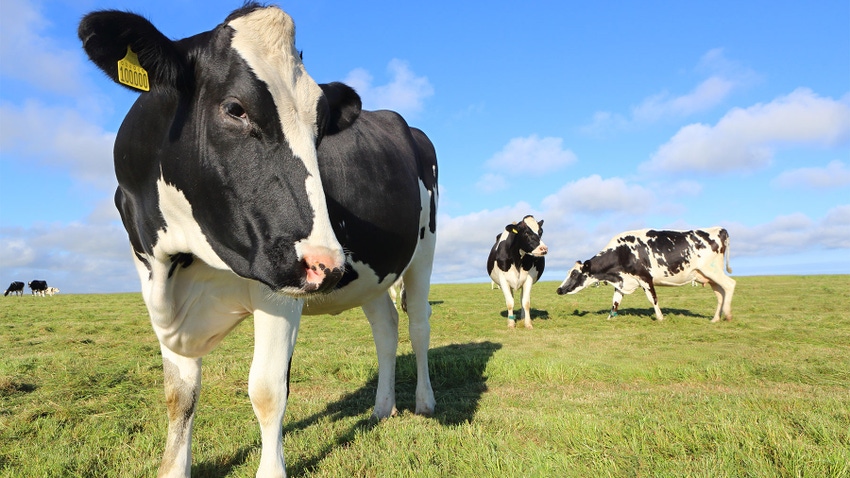February 12, 2024

by Clif Little
A pasture is like a house, a crop field or anything else being rented, and it is worth what someone is willing to pay. The price charged for land rental is directly related to demand.
Without competition for land, top dollar is not achievable. Some parcels do not have a great deal of livestock producers living nearby. If a farmer must travel great distances to care for livestock, the property is obviously worth less to them.
On the other hand, if neighbors would benefit from the extra ground, the land becomes more valuable. To coin a real estate phrase, “location, location, location.”
Another factor influencing pasture rental rate is topography. Is the pasture flat and accessible to machinery? Pastures covered with scrub brush — or that are steep, rocky and partially inaccessible to farm machinery — are not as desirable. In other words, pastures are not all created equal in terms of suitability for livestock production.
Pasture field size makes a difference. Larger pastures can be worth more since they have a larger livestock-carrying capacity. For example, a 10-acre pasture in southeastern Ohio with an annual production of 2.5 tons per acre of forage dry matter would yield 25 tons annually, or 50,000 pounds of forage.
If the pasture is one big square with no cross fencing or rotational grazing system developed, then about half of this annual forage dry matter production would be available, or 25,000 pounds. A 1,300-pound cow eating 2.5% of her body weight per day in forage dry matter, over a year, would need 11,863 pounds of forage dry matter.
This means that 10 acres could not handle very many cows annually without an improved grazing system or supplementation. Therefore, size makes a difference. It is not desirable for most livestock producers to carry two to three cows per farm at several locations.
Conversely, a large farm with paddocks developed, good water distribution, fencing and livestock-working facilities is worth much more.
Rental agreements
There are many different types of farm rental agreements. It is recommended that all rental agreements be in writing. The OSU website discusses a variety of important aspects for landowners and tenants to consider when entering into a lease agreement.
In addition, the North Central Farm Management Extension Committee has a website that contains examples of lease agreements for review, and these can be found at mwps.iastate.edu/free-lease-forms.
Pasture rental has many factors influencing value. Forage quality, weeds, fencing, water systems, shelter, working facilities, size, location, accessibility and soil productivity to name a few.
Besides the factors that relate to the management and economics of animal husbandry, there are important legal aspects. Before entering into an agreement, do some research using the resources in this article and have an attorney review the lease agreement before signing.
Little is an Ohio State University Extension Agriculture and natural resources educator in Guernsey County.
You May Also Like




